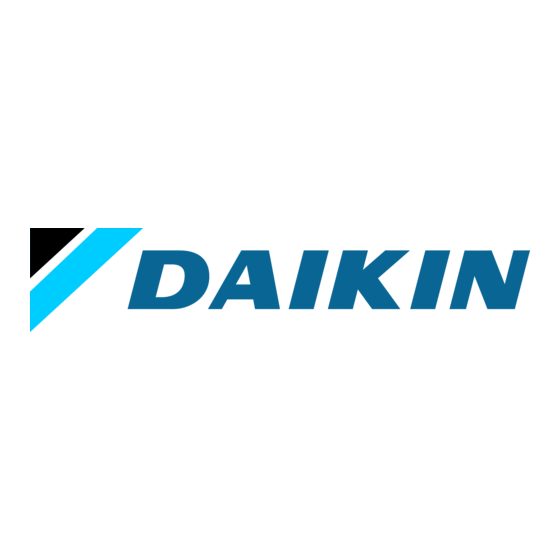Table of Contents
Advertisement
DAIKIN Oil Cooling Unit
("OILCON")
AKZJ8 Series
Models
Menu
Built-in
Standard
breaker
model
model (-B)
Series
AKZJ188
AKZJ358
AKZJ458
AKZJ568
AKZJ908
Thank you for purchasing DAIKIN Oil Cooling Unit ("OILCON").
This instruction manual includes instructions for using the Oil
Cooling Unit.
To ensure proper use of this product, be sure to read through this
instruction manual before using it.
After reading this manual, keep it handy for your future reference.
Proper use results in power saving
If the air filter is clogged, the cooling performance deteriorates,
causing excess power consumption.
Clean the air filter periodically to reduce power consumption.
Instruction Manual
Immersion type
Built-in breaker
Built-in heater
model
CE model
model
Built-in
CE model
heater
(-C)
model (-H)
model (-E)
Installation
Handling
Different-voltage
model
capacity (%)
Different-
voltage
Devices (Installed by User)
Maintenance
• When the unit operation seems abnormal
CONTENTS
although no alarm is activated
1
4
5
7
12
14
15
16
18
19
20
21
22
23
24
25
27
30
33
33
34
35
36
37
Advertisement
Table of Contents




Need help?
Do you have a question about the AKZJ8 Series and is the answer not in the manual?
Questions and answers